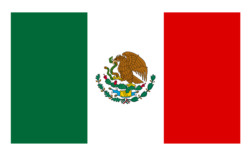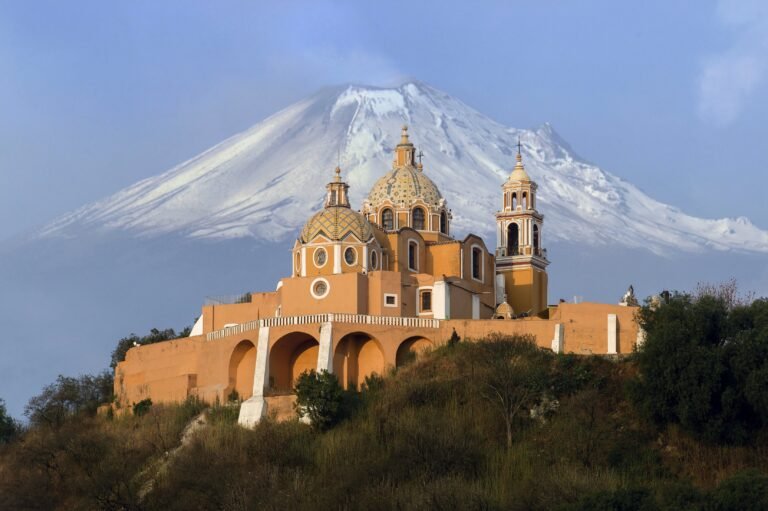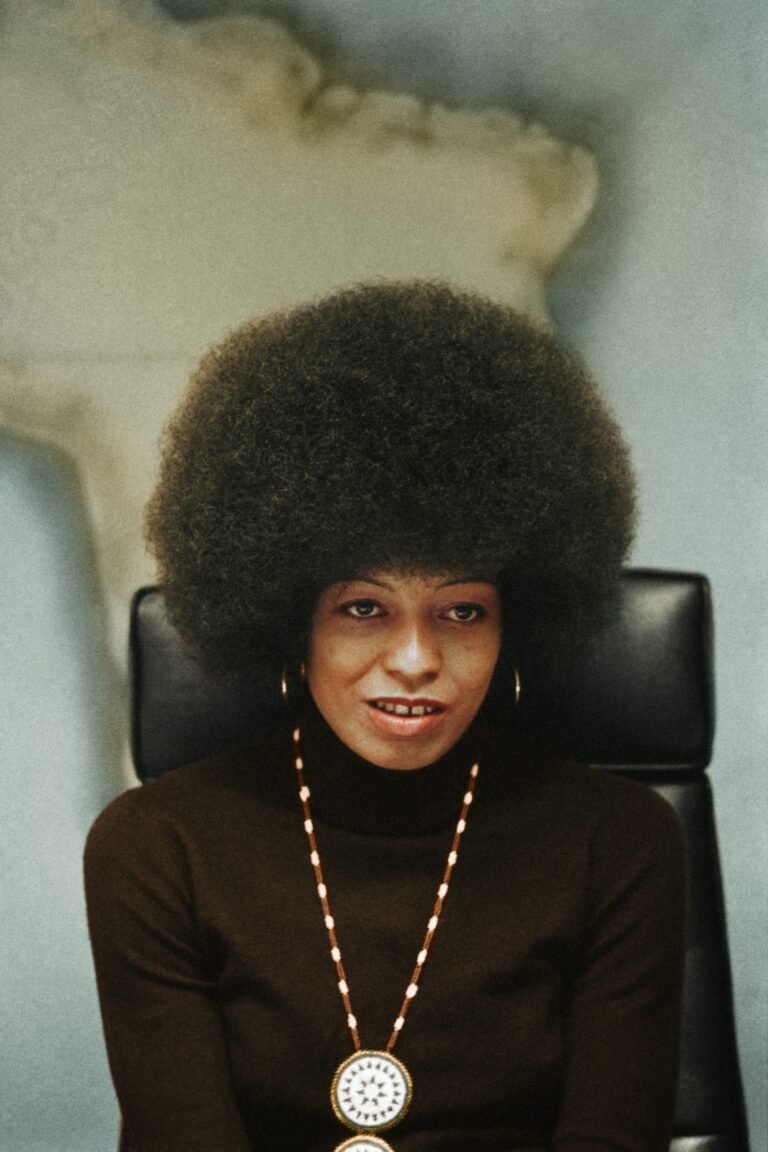What Are 10 Fun Facts About Mexico?
Mexico, a vibrant and diverse country with a rich cultural heritage, has so much to offer beyond just its stunning landscapes and delicious cuisine. Whether you’re a history enthusiast or simply curious about this fascinating nation, get ready to be amazed by these 10 fun facts about Mexico. From the intriguing symbolism behind its national flag to its vibrant and colorful celebrations, prepare to embark on a journey of discovery that will leave you wanting to pack your bags and visit this incredible country.
Geography
Location
Mexico is located in the southern part of North America, bordering the United States to the north and Belize and Guatemala to the south. It is also surrounded by the Pacific Ocean to the west and the Gulf of Mexico and Caribbean Sea to the east.
Topography
Mexico is known for its diverse topography, which includes mountains, deserts, and coastal plains. The Sierra Madre mountain range runs through the country, with the Sierra Madre Occidental on the west coast and the Sierra Madre Oriental on the east coast. Mexico also has several volcanic peaks, including the famous Popocatepetl and the dormant Iztaccihuatl.
Climate
Mexico experiences a wide range of climates, from tropical rainforests in the south to arid deserts in the north. The country is divided into three main climate zones: tropical, temperate, and arid. The coastal areas and lowlands have a tropical climate, while the central highlands enjoy a pleasant temperate climate. The northern region, on the other hand, is characterized by a hot and dry desert climate.
History
Ancient Civilizations
Mexico has a rich history of ancient civilizations that flourished long before the arrival of the Spanish conquistadors. The most notable civilizations include the Maya, Aztec, Olmec, and Toltec. These civilizations built impressive cities and left behind remarkable architectural structures, such as the Mayan pyramids and the Aztec temples.
Spanish Conquest
The Spanish conquest of Mexico began in the early 16th century when Hernan Cortes and his army arrived on the shores of Mexico. They encountered the powerful Aztec Empire ruled by Emperor Montezuma II. After a series of battles and alliances with rival indigenous groups, the Spanish eventually toppled the Aztec Empire and established New Spain, which would later become modern-day Mexico.
Independence
Mexico gained its independence from Spain on September 16, 1810, after a decade-long war. The movement for independence was led by Miguel Hidalgo, a Catholic priest, who called for rebellion against Spanish rule. The war for independence was marked by significant battles and the leadership of figures like Jose Maria Morelos and Agustin de Iturbide, culminating in the signing of the Treaty of Cordoba.
Culture
Language
Spanish is the official language of Mexico, spoken by the majority of the population. However, Mexico is also home to a rich diversity of indigenous languages, with over 68 recognized languages, including Nahuatl, Maya, Zapotec, and Mixtec. These languages are an integral part of Mexico’s cultural heritage and contribute to the country’s linguistic diversity.
Cuisine
Mexican cuisine is renowned worldwide for its bold flavors and vibrant ingredients. Traditional Mexican dishes often combine staples such as corn, beans, chili peppers, and tomatoes. Tacos, enchiladas, tamales, and guacamole are just a few examples of beloved Mexican dishes. Street food also plays a significant role in Mexican gastronomy, with taco stands and food markets offering a wide variety of delicacies.
Music and Dance
Music and dance are fundamental to Mexican culture and are deeply ingrained in daily life. Traditional Mexican music includes genres such as ranchera, mariachi, and banda. Mariachi bands, with their distinctive charro outfits and soulful melodies, have become iconic symbols of Mexican music. Traditional dances, like the Jarabe Tapatio (Mexican Hat Dance) and the Danza de los Voladores (Dance of the Flyers), showcase the country’s energetic and colorful traditions.
Famous Landmarks
Chichen Itza
Chichen Itza is a UNESCO World Heritage Site and one of the New Seven Wonders of the World. This ancient Mayan city in the Yucatan Peninsula is renowned for its stunning architectural structures, including the iconic El Castillo pyramid (also known as the Temple of Kukulkan). Chichen Itza attracts millions of visitors each year who come to marvel at the awe-inspiring ruins and learn about the Mayan civilization.
Teotihuacan
Teotihuacan, located near Mexico City, is another significant archaeological site in Mexico. This pre-Columbian city was once the largest in the Americas and is home to the famous Pyramid of the Sun and the Pyramid of the Moon. Its ancient streets and monumental structures offer visitors a glimpse into the life and culture of the Teotihuacan civilization.
Cancun
Cancun is a world-class tourist destination known for its beautiful beaches and vibrant nightlife. This coastal city on the Yucatan Peninsula attracts millions of tourists each year with its crystal-clear waters and luxurious resorts. In addition to its stunning beaches, Cancun is also a gateway to the nearby Mayan ruins of Tulum and Coba, making it a popular destination for history and culture enthusiasts.
Dia de los Muertos
Meaning and Celebration
Dia de los Muertos, or Day of the Dead, is a traditional Mexican holiday that honors and remembers deceased loved ones. The celebration takes place annually on November 1st and 2nd, coinciding with the Catholic holidays of All Saints’ Day and All Souls’ Day. It is believed that during this time, the souls of the departed return to visit their families, and altars are set up to welcome them.
Altars and Offerings
Altars, known as ofrendas, are an essential part of the Dia de los Muertos celebration. These colorful and elaborate displays are decorated with marigolds, candles, photographs, and the favorite foods and possessions of the deceased. Families gather around the altars to share stories and memories of their loved ones, and it is believed that the spirits of the departed enjoy the offerings.
Sugar Skulls
Sugar skulls, or calaveras de azucar, are a distinctive symbol of Dia de los Muertos. These intricately decorated sugar skulls are often displayed on altars and represent individual departed souls. They are adorned with colorful icing, sequins, and feathers, and their purpose is to honor and celebrate the lives of the deceased rather than to invoke fear or sadness.
National Symbols
Mexican Flag
The Mexican flag is a symbol of national pride and identity. It features three vertical stripes: green on the left, white in the middle, and red on the right. In the center of the white stripe is the national coat of arms, depicting an eagle perched on a cactus holding a serpent. The green stripe represents hope, the white stripe symbolizes unity, and the red stripe stands for the blood of Mexican heroes.
Coat of Arms
The Mexican coat of arms is a powerful emblem that represents the country’s historical and cultural heritage. It includes various elements, such as an eagle, a cactus, and a serpent, which are derived from ancient Aztec mythology. The coat of arms embodies the resilience and pride of the Mexican people and serves as a reminder of their rich cultural past.
National Anthem
The national anthem of Mexico, titled “Himno Nacional Mexicano,” is a source of great pride and patriotism for its citizens. The lyrics were written by poet Francisco Gonzalez Bocanegra, and the music was composed by Jaime Nunó. The anthem, with its powerful and stirring melody, reflects the courage and determination of the Mexican people throughout history.

Mexican Folklore
La Llorona
La Llorona, or the Weeping Woman, is a legendary figure in Mexican folklore. The tale of La Llorona tells the story of a woman who lost her children and wanders the streets crying and searching for them. It is believed to be a cautionary tale warning children against disobedience and the consequences of their actions.
El Chupacabra
El Chupacabra, meaning “goat-sucker” in Spanish, is a mythical creature that is said to attack livestock and drink their blood. This legendary monster has become a popular figure in Mexican and Latin American folklore. Descriptions of the Chupacabra vary, but it is often depicted as a hairless, reptilian creature with large fangs and red eyes.
The Day of the Dead Catrina
The Day of the Dead Catrina, or La Calavera Catrina, is an iconic symbol of the Dia de los Muertos celebration. This elegantly dressed skeleton figure was created by Mexican artist Jose Guadalupe Posada and has since become a prominent representation of Mexican culture. The Day of the Dead Catrina serves as a reminder that death is an integral part of life and should be embraced and celebrated.
Famous Mexican Artists
Diego Rivera
Diego Rivera was a renowned Mexican painter and muralist known for his large-scale murals depicting scenes from Mexican history and culture. His artwork often addressed social and political issues, highlighting the struggles and aspirations of the Mexican people. Rivera’s murals can be seen in various locations throughout Mexico, including the National Palace in Mexico City.
Frida Kahlo
Frida Kahlo is one of the most celebrated and influential artists of the 20th century. Her paintings, often autobiographical and deeply personal, explore themes of love, pain, and identity. Kahlo’s unique style and powerful self-portraits have made her an enduring icon of Mexican culture and a symbol of female empowerment.
Jose Clemente Orozco
Jose Clemente Orozco was a prominent Mexican painter and muralist known for his politically charged and socially conscious artwork. Orozco’s murals often depicted the struggles of the working class and indigenous peoples, addressing themes of inequality and oppression. His murals can be found in various locations in Mexico, including the Hospicio Cabañas in Guadalajara.
Sports and Recreation
Soccer
Soccer, or fútbol, is the most popular sport in Mexico. The Mexican national soccer team, known as El Tri, has a passionate fan base and has achieved success in international competitions such as the FIFA World Cup and the CONCACAF Gold Cup. Soccer matches in Mexico are lively and energetic, with fans chanting and cheering for their favorite teams.
Lucha Libre
Lucha Libre, meaning “free fight” in Spanish, is a form of professional wrestling that originated in Mexico. Known for its colorful masks and high-flying acrobatics, Lucha Libre has become an integral part of Mexican pop culture. The sport features masked wrestlers, or luchadores, who engage in theatrical and athletic combat inside the wrestling ring.
Traditional Games
Mexico has a rich tradition of traditional games that have been passed down through generations. One popular game is called Lotería, similar to bingo, where players match images on a deck of cards with pictures on their game boards. Another traditional game is Piñata, where blindfolded players take turns attempting to break a hanging clay or papier-mâché figure filled with candies and treats.
Traditional Festivals
Guelaguetza
The Guelaguetza is a cultural festival celebrated in the state of Oaxaca, showcasing the rich indigenous traditions and customs of the region. The festival takes place in July and features vibrant dance performances, traditional music, and colorful costumes. It is a time for communities to come together and share their unique cultural heritage with locals and visitors alike.
Feria de San Marcos
The Feria de San Marcos, also known as the San Marcos Fair, is one of the largest and oldest fairs in Mexico. It is held annually in the city of Aguascalientes and lasts for several weeks. The fair features a wide range of events and attractions, including bullfights, rodeos, concerts, cultural exhibitions, and a variety of traditional Mexican food and crafts.
Carnaval
Carnaval is a festive celebration held in various cities and towns throughout Mexico. It is a time of colorful parades, music, dancing, and elaborate costumes. Different regions have their unique traditions and customs during Carnaval, with some of the most famous celebrations taking place in Veracruz, Mazatlán, and Merida. The lively atmosphere and joyful spirit of Carnaval make it a beloved festival for both locals and tourists.
Mexico is a country rich in history, culture, and natural beauty. Its diverse geography, ancient civilizations, and vibrant traditions make it a fascinating destination for travelers seeking to explore and immerse themselves in a vibrant and dynamic culture. From the majestic ruins of Chichen Itza to the streets filled with colorful altars during Dia de los Muertos, Mexico offers a unique and unforgettable experience for those who visit. So pack your bags, brush up on your Spanish, and get ready to embark on an adventure through the land of tacos, tequila, and rich cultural heritage. Viva México!











